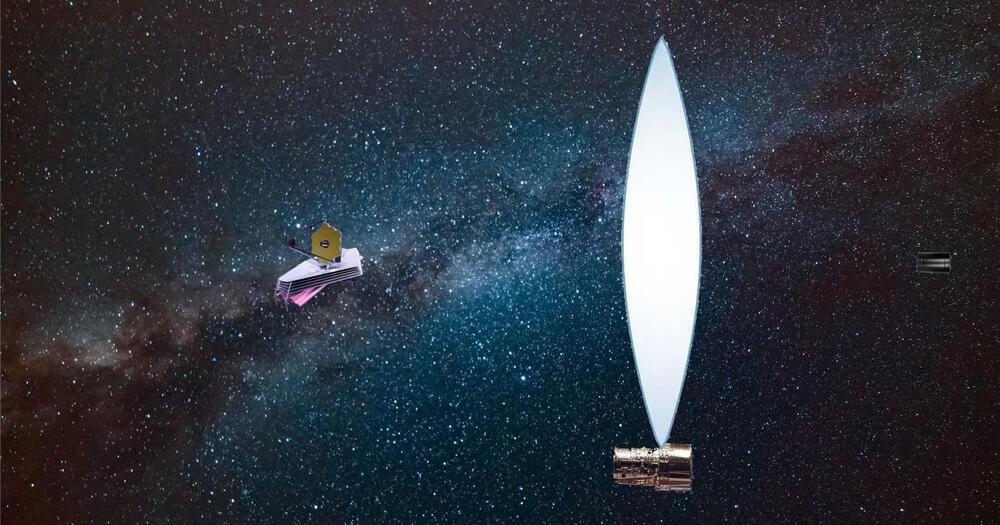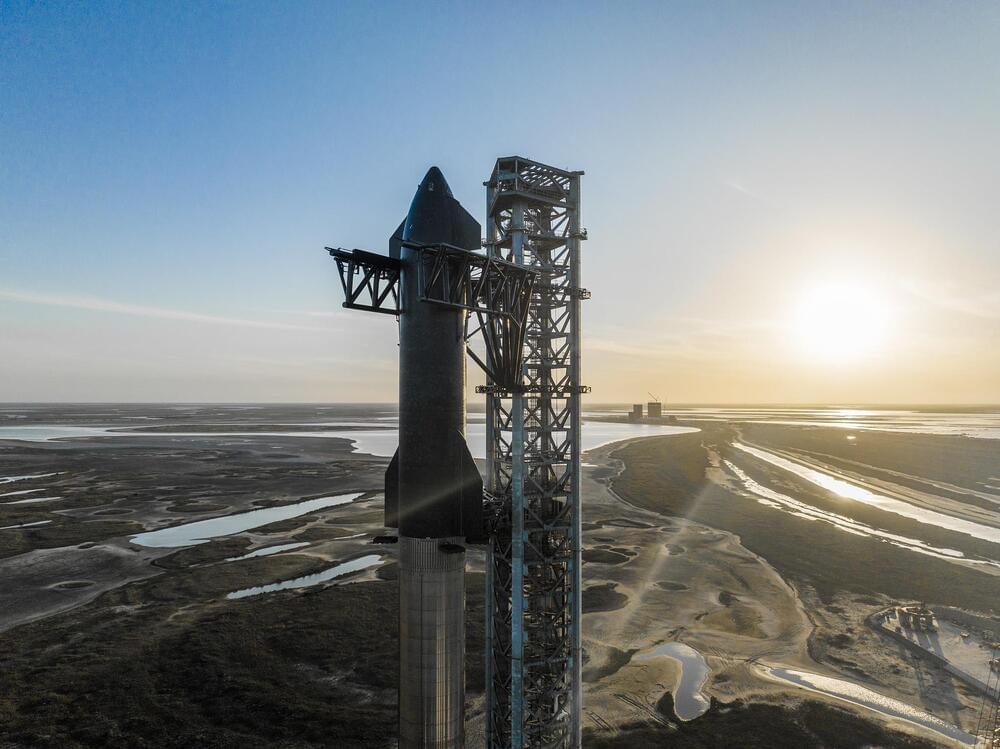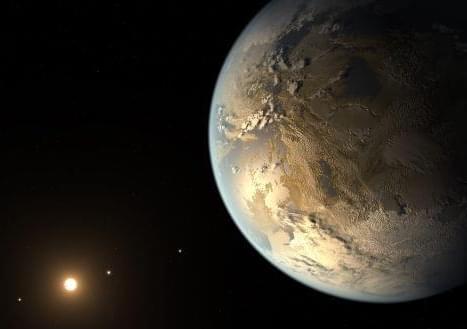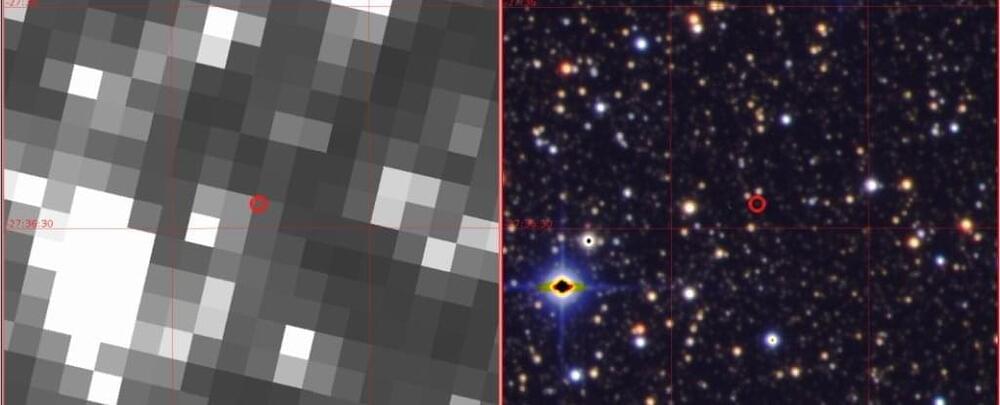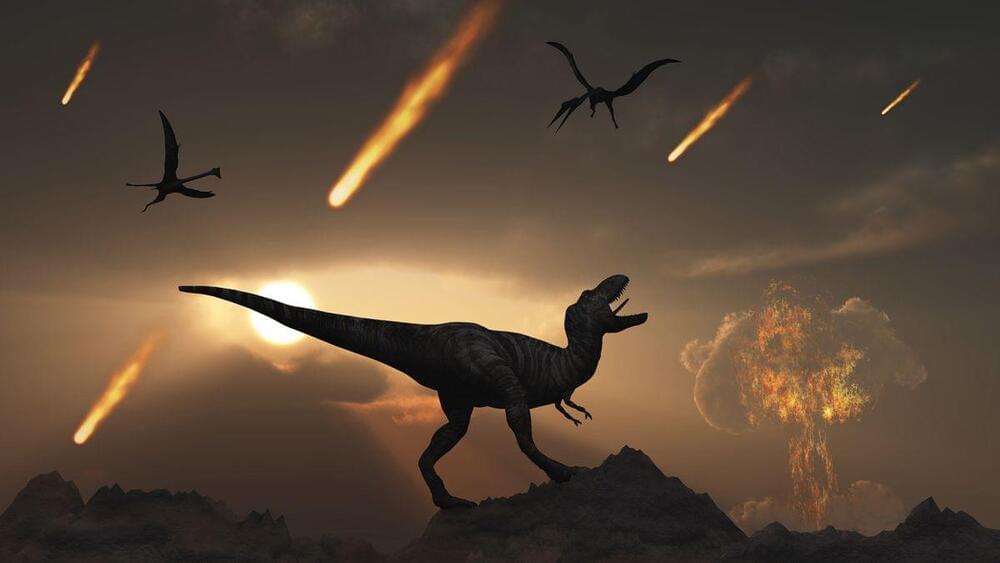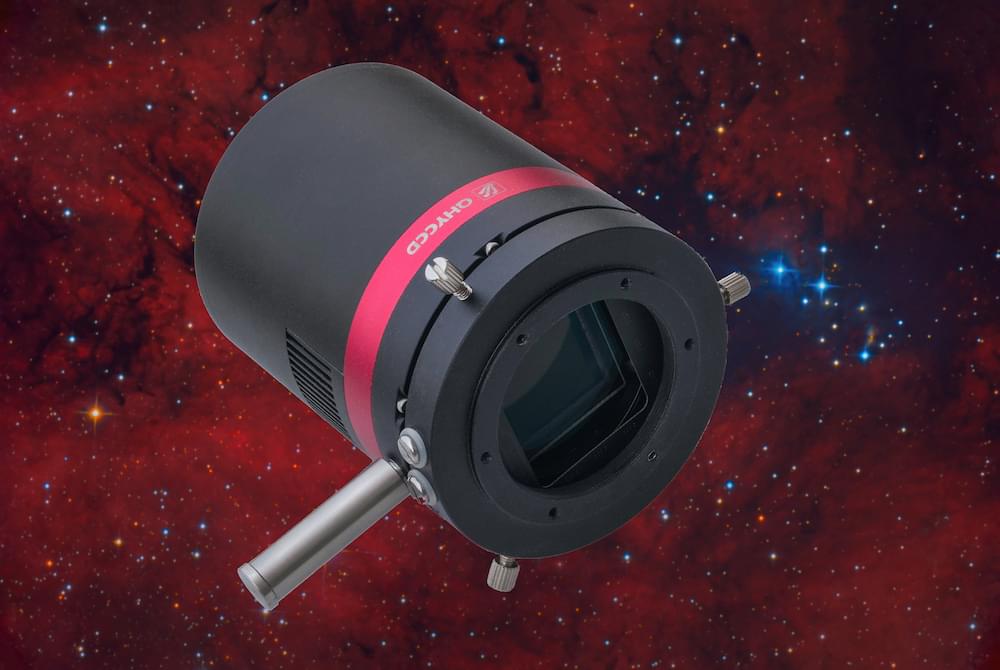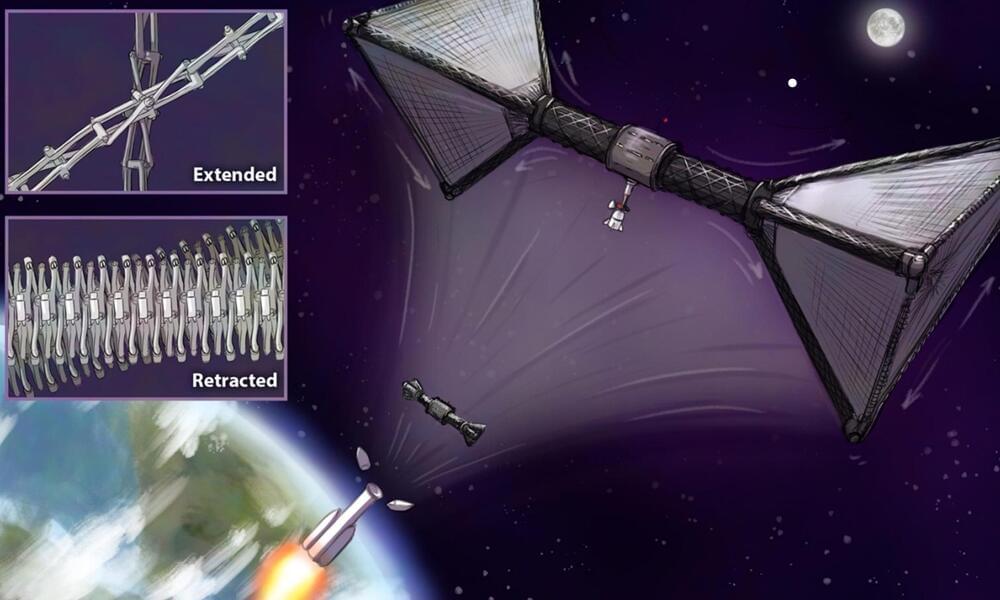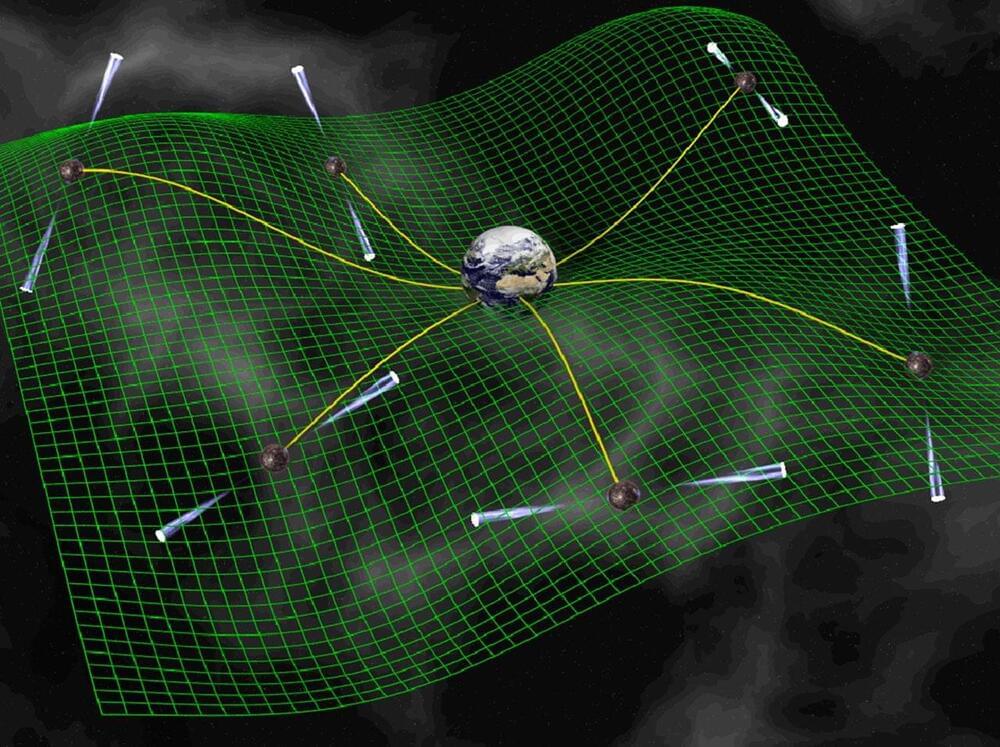
Stephen Taylor, assistant professor of physics and astronomy and former astronomer at NASA’s Jet Propulsion Laboratory (JPL), said, “Using the pulsars we observe across the Milky Way galaxy, we are trying to be like a spider sitting in stillness in the middle of her web. How well we understand the solar system barycenter is critical as we attempt to sense even the smallest tingle to the web. The solar system barycenter, its center of gravity, is the location where the masses of all planets, moons, and asteroids balance out.”
So, where is the center of the solar system?
It is not in the center of the Sun as many might assume, instead it is closer to the surface of the star. This is due to Jupiter’s mass and our imperfect knowledge of its orbit.
